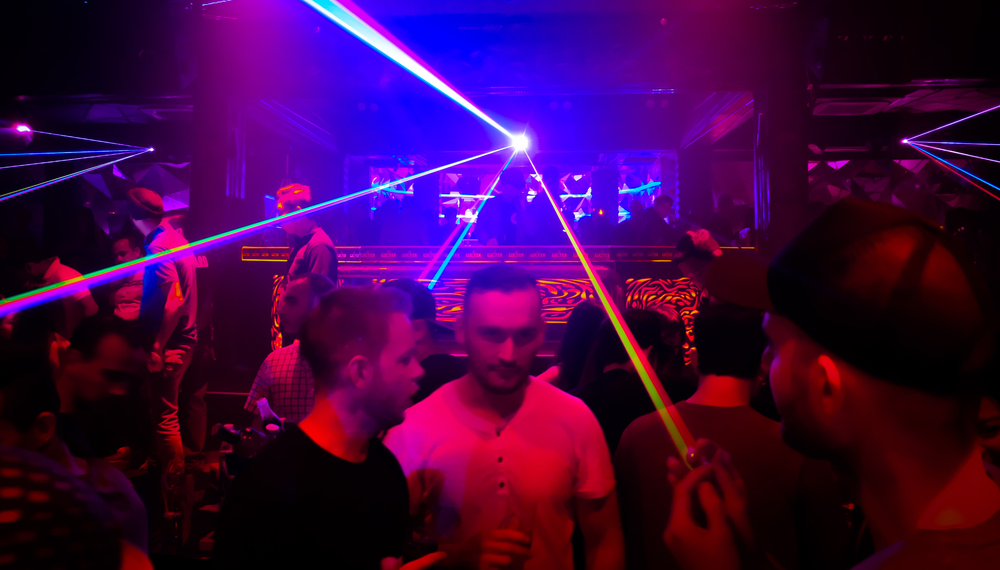
While the acceptance of LGBTQ+ individuals in the U.S. is at an all-time high, homophobia and transphobia are still pervasive and prevalent issues that plague society.
For many people in the queer community, gay bars provided an escape from the dangers of everyday life. For a short time, LGTBQ+ folk no longer felt minoritized, marginalized, or judged, and could exist in a safe and accepting environment.
In recent years technological advancements compromised this once sacred space. Due to the use of Grindr, Hornet, Scruff, and a host of other queer dating and cruising apps, the physical scene for gay and queer bars dissipated. According to Damron, there were more than 2,500 gay bars in 1976 in the U.S., but now, there are fewer than 1,400 in the entire world (Morgan).
While there are other factors that have played into this, apps transitioned a once physical scene into an online platform. In the online world, one can find instant gratification far quicker than in the physical realm (Norman). Furthermore, one does not need to clean up and drive to find others, but can simply open one’s phone and access thousands of people. For those in the queer community in smaller, more conservative towns that never had LGBTQ+ friendly nightlife, these apps created a platform that previously did not exist.
This transition from a physical locale to the interweb begs a few questions. Does the presence of an online community adequately replace that of a physical space? Can we consider dating and cruising apps to be a space, despite the lack of an actual location? Regardless of the answer, the steady corrosion of gay and queer bars and nightclubs transformed how members of the LGBTQ+ community interact with each other, and this will only intensify as technology and the use of these applications advance and continue to gain popularity.
Bibliography:

Great though-provoking piece! I wonder to what extent the trend you discuss is true in bars more broadly. As dating apps that are not specifically for the LGBTQ+ community have flourished, has there been a similar decline in the number of bars?
I also wonder if this trend is correlation without causation. After all, the Damron statistic spans nearly 40 years — far before the creation of dating apps at all. I wonder what the trend would be if the date range started right before LGBTQ+ dating apps were introduced. Perhaps an alternative explanation is that as society has grown to accept the LGBTQ+ community, there hasn’t been as much demand for exclusive bars. But as a straight man, I have no experience being discriminated against and so I can’t speak to that.
One more thought: I recall that going to LGBTQ+ bars was a popular weekend activity for a number of my classmates while I was abroad. I wonder if the obsession of heterosexual people with gay bars has contributed to the reduction in such bars — after all, without exclusivity, the nature of the bar changes. This seems to be yet another example of straight white folks ostracizing a community, pushing them out, and then invading whatever place the ostracized group claims as their own (a trend that is sadly very common).